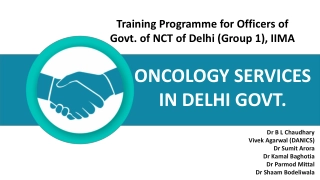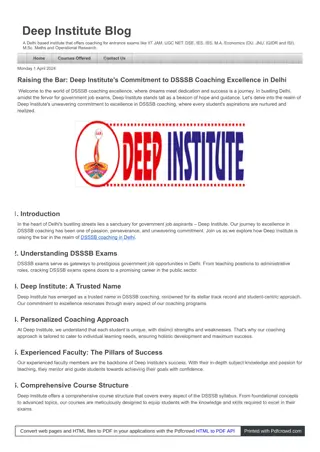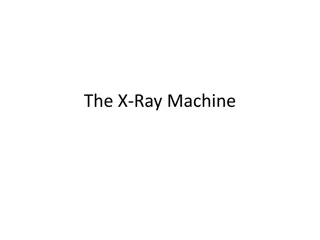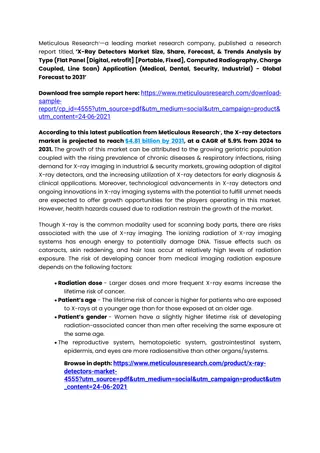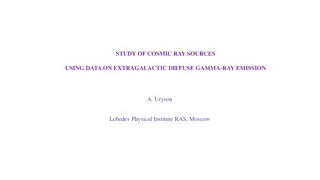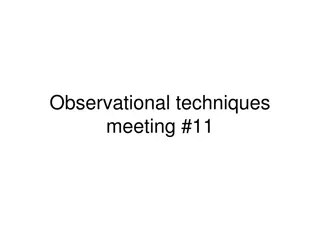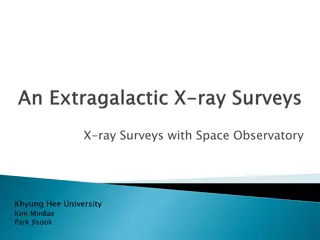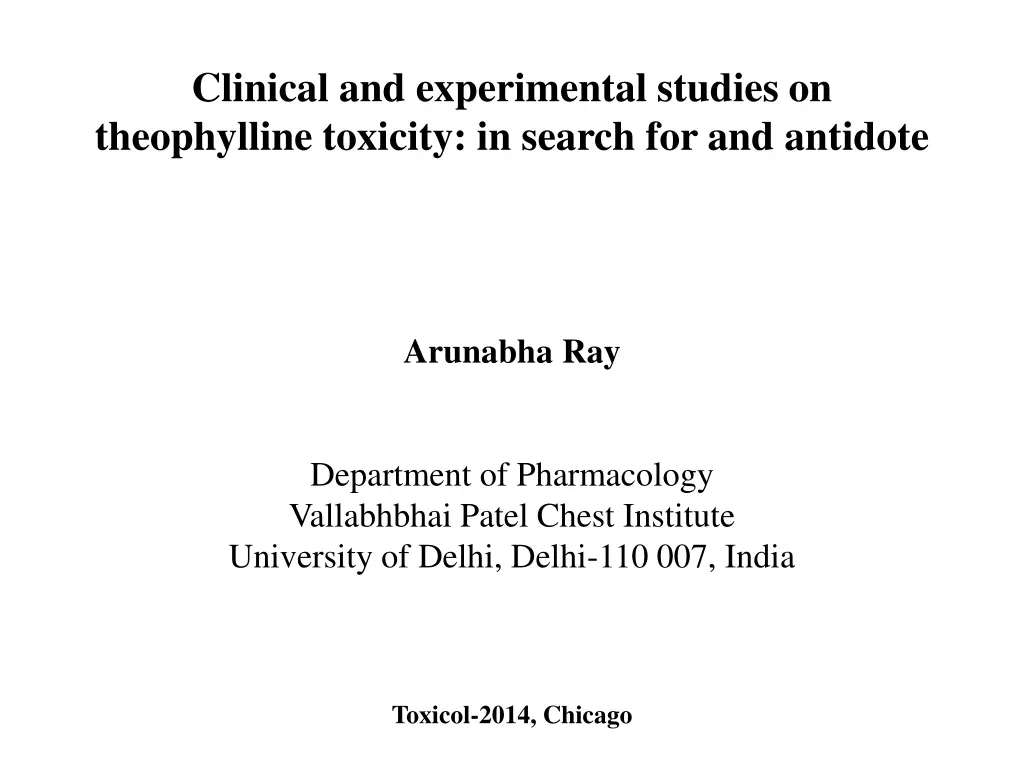
Theophylline Toxicity and Pharmacovigilance Studies
Explore clinical and experimental studies on theophylline toxicity and potential antidotes. Learn about the mechanisms of theophylline action, its cardiovascular effects, and strategies to improve safety profiles. Discover the significance of pharmacovigilance in detecting and preventing adverse drug effects.
Download Presentation

Please find below an Image/Link to download the presentation.
The content on the website is provided AS IS for your information and personal use only. It may not be sold, licensed, or shared on other websites without obtaining consent from the author. If you encounter any issues during the download, it is possible that the publisher has removed the file from their server.
You are allowed to download the files provided on this website for personal or commercial use, subject to the condition that they are used lawfully. All files are the property of their respective owners.
The content on the website is provided AS IS for your information and personal use only. It may not be sold, licensed, or shared on other websites without obtaining consent from the author.
E N D
Presentation Transcript
Clinical and experimental studies on theophylline toxicity: in search for and antidote Arunabha Ray Department of Pharmacology Vallabhbhai Patel Chest Institute University of Delhi, Delhi-110 007, India Toxicol-2014, Chicago
Methylxanthines Methylxanthines have been effectively used therapeutically in respiratory disorders, e.g. COPD, asthma, cor pulmonale, apnea in newborns, etc. Caffeine (Tea/Coffee) and theophylline (as a drug) commonly used Theophylline, a methylxanthine bronchodilator, given for asthma and COPD, and newer uses emerging Steroids are the first line of drugs for asthma but are given along with bronchodilators like theophylline to reduce their dosage and reverse steroid resistance Theophylline is an effective, pharmacoeconomically viable drug, but has a narrow therapeutic index, i.e. low margin of safety
Theophylline Toxicity profile includes cardiotoxicity, GI toxicity and toxicity CNS Susceptibility to cardiac arrhythmias and seizures is particularly increased in asthmatics in extremes of age Cardiac arrhythmias and seizures not preceded by milder warning symptoms and conventional anti consultants are only partially effective against these seizures However, in view of its recently demonstrated anti-inflammatory and immunomodulatory effects, it is re-emerging as an important adjunct to therapy in asthma and COPD Strategies are being devised to improve the safety profile
Theophylline Adenosine antagonism and PDE inhibition are commonly proposed mechanisms of action of theophylline CV effects due to increased vascular tone, myocardial contractility, conduction and sympathetic nervous system Acombination of hemodynamic and neurohumoral effects Chronic methylxanthine intake increases CNS and cardiac risk factors Mechanisms of such toxicity poorly understood
PHARMACOVIGILANCE The science and activities relating to the detection, assessment, understanding and prevention of adverse effects or any other drug-related problems Atool for drug safety Primarily a regulatory issue, but data/concept may to extended to device pharmacological strategies for rational therapy
ADR monitoring in Asthma and COPD 120 patients of bronchial asthma and COPD were selected from the VPCI OPD Ethical clearance and GCP guidelines Standard inclusion/exclusion criteria Diagnosed by clinical features and PFT findings ADR profile was recorded as per Pharmacovigilance Programme of India proforma Dechallenge and rechallenge were done wherever appropriate Causality Assessment was done by using the Naranjo`s scale
ADR profile with drugs in asthma and COPD Drugs Br. Asthma COPD Profile Inhaled steroids 54/60 (90%) 30/60 (50%) Sore throat,dysguesia,h oarseness,gloss- itis, others Dry mouth,thirst, urinary difficulty Inhaled anticholinergics 25/40 (62%) 10/44 (23%) Inhaled beta-2 agonists Oral steroids 25/60 (43%) 3/60 (5%) Hand tremors, palpitations Wt. gain, acne, cramps, mood changes Anxiety, dyspepsia, ms spasm, paresthesia, etc 28/32 (87%) 3/14 (21%) Oral theophylline 14/20 (70%) 20/43 (46%)
ADR monitoring in OAD Sex distribution of patients were equal in asthma whereas COPD patients were predominantly males All patients received multi-drug treatment schedules (inhalation and oral) Most patients received inhaled steroids and bronchodilators Few received mucolytics, antibiotics, analgesics, etc.
Prescription monitoring in obstructive airway disease (theophylline) Prescriptions Total No. With theophylline % All patients 120 63 52.6 Br. Asthma 60 20 33.3 COPD 60 43 71.6
ADR incidence with theophylline Patients Received Theophylline Showed ADRs % Br. Asthma 20 14 70 COPD 43 20 46.5 Total 63 34 53.9
Incidence of ADRs with theophylline in asthma and COPD ADR Asthma COPD Dyspepsia 45% 65% Anxiety/Palpitation 50% 60% Spasm of Muscles 35% 30% Insomnia 40% 10% Dizziness 15% 10% Theophylline Withdrawal Induced Constipation - 5% Paraesthesia 20% 10% Others 10% 5%
CASUALITY ASSESSMENT OF ADRs DUE TO ORAL THEOPHYLLINE USING THE NARANJO S SCALE Drug Highly Probable (9) Probable (5-8) Possible (1-4) Doubtful (0) Oral Theophylline Muscle spasm of calves (most commonly) sternocleido- mastoid, intercostal muscles (1)Dyspepsia (2)Insomnia (3) Anxiety & Palpitation (4)Dizziness (5)Withdrawal induced Constipation (6)Paraesthesia (7)Colicky Pain (8)Diuresis
Summary Most ADRs were mild to moderate in nature and tolerable Few, particularly those related to oral steroids and theophylline, were intolerable and required dose reduction Causality assessment showed that most were in the probable category (score from 5 - 8) Some effects of oral theophylline and steroids were having scores > 9 (highly probable) Such focused studies are helpful in reducing ADRs in OAD and rationalizing drug therapy
Reverse Pharmacology Experimental evaluation/documentation of clinically observed findings Reverse pharmacology is an alternative strategy for new drug development Reverse pharmacology can play an important role in safety pharmacology studies A practice which was successfully employed in the past (eg. Reserpine) and is being more scientifically implemented now
Reverse pharmacology studies: Basis The role of oxidant/anti-oxidant balance in obstructive airway disease has been proposed Oxidative stress and drug toxicity connection: adriamycin, paracetamol, etc. A connection between theophylline and oxidative stress: OFRs formed during xanthine-XO interactions Earlier studies showed that theophylline induced seizures were attenuated by antioxidants Preclinical study planned to evaluate the MOA of Theophylline induced ADRs viz. anxiety and tachycardia
Effects of anti-oxidants on Aminophylline induced Anxiety ----------------------------------------------------------------------------------- Treatment Elevated Plus Maze (%) (mg/kg) OA entry OA time -------------------------------------------------------------------------- Vehicle 30.0 5.6 23.2 3.6 Amino (50) 16.6 4.2* 13.3 2.8* Amino (100) 9.0 1.3* 5.3 1.1* TP(40)+Amino(100) 22.2 7.0 15.2 5.0 Mel(50)+ Amino(100) 18.7 6.5a 12.1 4.6 a -------------------------------------------------------------------------- n=8/ group ; TP: tocopherol; Mel: melatonin * p< 0.05 (compared to vehicle) a. p<0.05(compared to Amino-50)
Aminophylline (A) induced anxiety and oxidative stress markers Treatment (mg/kg) EPM (%OAE) Brain MDA nmol/mg pr. Brain GSH mol/g tissue Controls 23.6 3.1 5.2 0.5 9.8 0.3 A (100) 9.0 1.3 * 8.2 1.2 * 6.7 0.8 * A (50)+ RS 4.0 1.2 * 7.6 0.4 * 4.9 0.4 * TP + A (100) 17.1 4.4 5.0 0.2 8.0 0.3 Mel + A (100) 22.6 3.8 4.2 0.5 7.6 0.5
Effects of aminophylline on Mean B.P and Heart rate Treatment (mg/kg) Mean B.P(mm Heart rate(BPM) Hg) 70.96 2.30 Controls 413.79 5.60 Aminophylline (50) 81.00 6.45 402.90 8.52 Aminophylline (100) 80.18 3.33 480.00 6.15 * Aminophylline (150) 91.66 7.20 * 531.00 16.66 *
ECG TRACING BY BIOPAC SYSTEM CONTROL AMINO-50
ECG TRACING BY BIOPAC SYSTEM AMINO (100 mg/kg) AMINO(150mg/kg)
Effects of tocopherol on aminophylline induced cardiotoxicity Treatment(mg/kg) Mean B.P Heart rate Control 70.96 2.30 413.79 5.60 Amino (150) 91.66 7.20 531.00 16.66 * -tocopherol (20) + Amino(150) 91.80 6.96 529.40 19.18 -tocopherol (40) + Amino(150) 72.62 11.49 405.88 29.37 a
Antioxidants and aminophylline toxicity -TP (40 mg/kg) + AMINO (100 mg/kg) -TP (40 mg/kg) + AMINO (150 mg/kg)
Effects of Aminophylline on oxidative stress markers Group MDA (nmol /mg protein) 0.35 0.06 GSH ( mol/mg protein) SOD (U/mg protein) Controls 0.57 0.03 0.51 0.15 Aminophylline (50 mg/kg) 0.42 0.10 0.54 0.09 0.60 0.21 0.66 0.08 * 0.44 0.06 0. 44 0.40 Aminophylline (100mg/kg) 1.02 0.18 * 0.40 0.07 * 0.30 0.02 * Aminophylline (150mg/kg)
Effects of -tocopherol (TP) on aminophylline (A) induced cardiotoxicity 600 500 400 BP 300 HR 200 100 0 C A 150 TP 20 + A TP 40 + A
Summary and Conclusion These experimental studies show that theophylline-induced anxiety and tachycardia may be due to oxidative stress, and antioxidants may have protective role Thus it could be speculated that treatment with antioxidants may be helpful in preventing such ADRs due to theophylline The data of clinical and preclinical studies show that such translational approach could help to highlight some yet unexplored areas of safety pharmacology and toxicology The deliverable could be rationalization of drug therapy
Acknowledgements Vallabhbhai Patel Chest Institute Department of Science and Technology, Govt of India Dr. Kavita Gulati Mr. Md. Shamsuzzaman Mr. Jagdish Joshi


